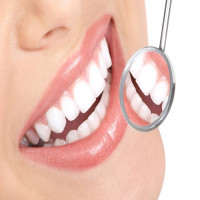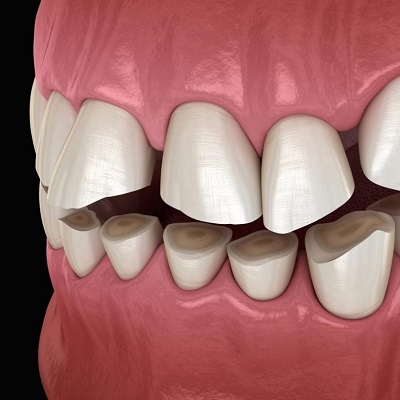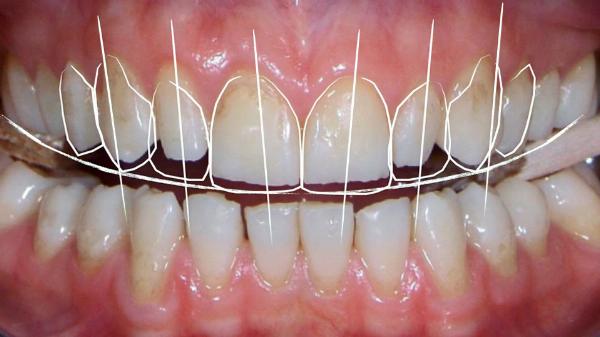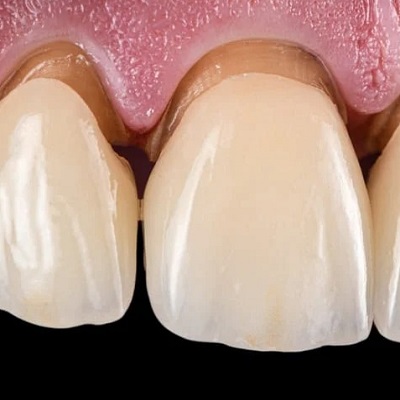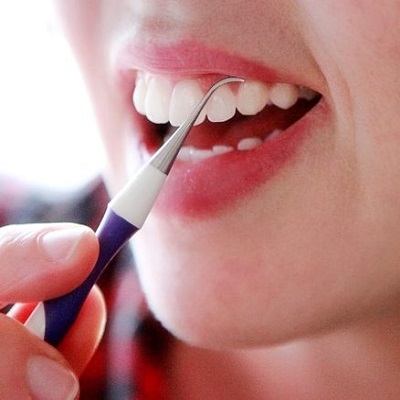Comparing Fixed and Removable Dental Retainers in Dubai
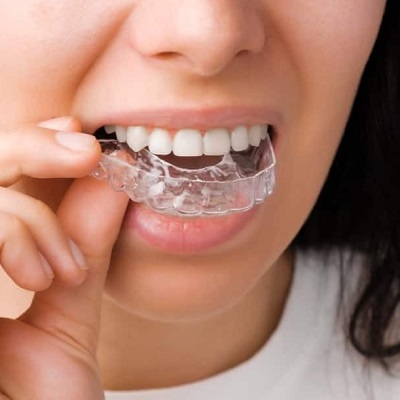
Strong 8k brings an ultra-HD IPTV experience to your living room and your pocket.
Dental Retainers Dubai, maintaining the results of your orthodontic treatment is crucial for preserving the perfect alignment of your teeth. After completing treatment with braces or aligners, dental retainers play a key role in ensuring that your smile stays as beautiful as it was when your braces were removed. When it comes to choosing between fixed and removable dental retainers, understanding their differences can help you make an informed decision. This guide will compare fixed and removable dental retainers, highlighting their features, benefits, and considerations to help you determine the best option for your needs.
Understanding Dental Retainers:
Dental retainers are devices used to keep teeth in their corrected positions after orthodontic treatment. They help prevent teeth from shifting back to their original positions and support the stability of your new smile. In Dubai, both fixed and removable retainers are available, each offering unique advantages and considerations.
Fixed Dental Retainers:
Fixed dental retainers are attached permanently to the back of your teeth. Here’s what you need to know about fixed retainers:
1. Description and Design:
Construction: Fixed retainers consist of a thin, flexible wire bonded to the back of your teeth using dental adhesive. This wire is typically placed on the lower front teeth but can be applied to other teeth as needed.
Visibility: Because fixed retainers are placed behind the teeth, they are not visible when you smile or talk.
2. Advantages:
Non-Removable: Fixed retainers remain in place permanently, so there’s no need to remember to put them in or take them out.
Consistent Pressure: They provide continuous, gentle pressure to keep your teeth in their corrected positions, which can be beneficial for long-term stability.
Convenience: Fixed retainers require less daily maintenance compared to removable retainers, as you don’t need to take them out for eating or cleaning.
3. Considerations:
Oral Hygiene: Fixed retainers can make brushing and flossing more challenging. It’s important to practice good oral hygiene and use special cleaning tools to maintain cleanliness around the wire.
Adjustment and Repair: If a fixed retainer becomes damaged or loosens, it requires professional adjustment or repair, which involves a visit to your orthodontist.
Removable Dental Retainers:
Removable dental retainers are designed to be taken out and put back in as needed. Here’s an overview of removable retainers:
1. Description and Design
Construction: Removable retainers are usually made from clear plastic or a combination of plastic and wire. They are custom-made to fit your mouth precisely.
Visibility: Many removable retainers are clear and discreet, making them less noticeable when worn.
2. Advantages
Flexibility: Removable retainers can be taken out for eating, drinking, and cleaning, making them versatile and convenient for daily use.
Comfort: Some people find removable retainers more comfortable because they don’t have wires attached to the back of their teeth.
Ease of Cleaning: Removable retainers can be easily cleaned with a toothbrush and mild soap or a retainer cleaner, reducing the risk of plaque buildup and staining.
3. Considerations
Compliance Required: Success with removable retainers depends on consistent wear. If you forget to wear them as prescribed, your teeth may shift back to their original positions.
Storage: Removable retainers need to be stored in a protective case when not in use to avoid damage or contamination.
Comparing Fixed and Removable Retainers:
When choosing between fixed and removable dental retainers, consider the following factors:
1. Maintenance and Care:
Fixed Retainers:
Cleaning: Requires special cleaning tools and techniques to ensure oral hygiene around the wire.
Repairs: Any issues require professional attention.
Removable Retainers:
Cleaning: Can be cleaned daily with a toothbrush and retainer cleaner.
Repairs: Replacement or adjustment can be done relatively easily if needed.
2. Lifestyle and Convenience:
Fixed Retainers:
Convenience: No need to remember to wear them, as they are always in place.
Comfort: Might cause some initial discomfort or adjustment issues.
Removable Retainers:
Convenience: Can be removed for eating and cleaning, but requires discipline to wear as directed.
Comfort: Generally comfortable and adjustable to personal preferences.
3. Effectiveness and Longevity:
Fixed Retainers:
Effectiveness: Provides constant pressure, which can be beneficial for long-term stability.
Longevity: Can remain in place for several years if properly maintained.
Removable Retainers:
Effectiveness: Requires consistent wear to be effective; effectiveness depends on adherence to the prescribed schedule.
Longevity: May need to be replaced periodically due to wear and tear.
Choosing the Right Retainer for You:
Selecting between fixed and removable dental retainers depends on various factors, including your orthodontic needs, lifestyle, and personal preferences. Here are some tips to help you make the best choice:
1. Consult Your Orthodontist:
Professional Advice: Discuss your options with your orthodontist in Dubai. They can assess your specific needs and recommend the most suitable retainer for you based on your treatment goals and lifestyle.
2. Consider Your Lifestyle:
Daily Routine: Evaluate how each type of retainer fits into your daily routine and oral hygiene habits. Choose the one that aligns best with your lifestyle and preferences.
3. Assess Comfort and Convenience:
Comfort: Consider which type of retainer you find more comfortable and convenient. Your comfort level can affect how consistently you wear your retainer.
Conclusion:
In Dubai, where advanced orthodontic care is readily available, choosing the right type of dental retainer is essential for maintaining the results of your orthodontic treatment. Both fixed and removable retainers offer unique benefits and considerations. By understanding the differences between these options and consulting with your orthodontist, you can make an informed decision that best suits your needs and ensures the long-term success of your orthodontic results.
Note: IndiBlogHub features both user-submitted and editorial content. We do not verify third-party contributions. Read our Disclaimer and Privacy Policyfor details.

